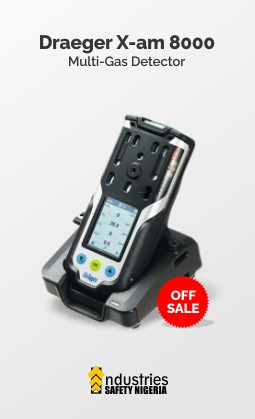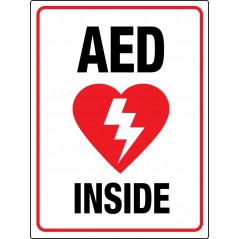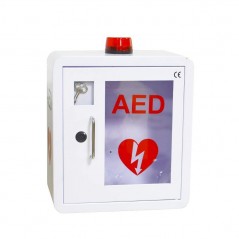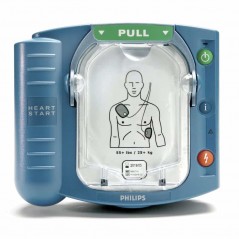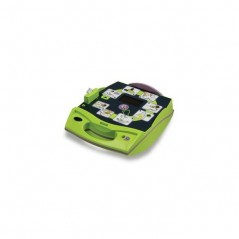an industrial safety & marine products distribution company
an industrial safety & marine products distribution company

AEDs and Resuscitation Equipment. The health and safety of employers, employees, visitors, and members of the public should be considered of paramount importance for every company. Employers are required to undertake a health and safety assessment, which helps them identify workplace hazards to prevent accidents and injuries and to prepare to deal with them properly if they occur. There is no legislation requiring workplaces of any size to provide an on-site defibrillator, however, this in no way stops them from being a wise investment. When it comes to cardiac arrest, the presence of a defibrillator or CPR equipment could mean the difference between life and death.
An automated external defibrillator (AED) is a portable electronic device that automatically diagnoses the life-threatening cardiac arrhythmias of ventricular fibrillation (VF) and pulseless ventricular tachycardia and is able to treat them through defibrillation, the application of electricity which stops the arrhythmia, allowing the heart to reestablish an effective rhythm, at safety Nigeria, you can buy the best AED for your workplace, school, etc.
With simple audio and visual commands, AEDs are designed to be simple to use for the layperson, and the use of AEDs is taught in many first aids, certified first responder, and basic life support (BLS) level cardiopulmonary resuscitation (CPR) classes. An automated external defibrillator is used in cases of life-threatening cardiac arrhythmias which lead to sudden cardiac arrest, 'which is not the same as a heart attack.
AEDs, like all defibrillators, are not designed to shock asystole ('flat line' patterns) as this will not have a positive clinical outcome. The asystolic patient only has a chance of survival if, through a combination of CPR and cardiac stimulant drugs, one of the shockable rhythms can be established, which makes it imperative for CPR to be carried out prior to the arrival of a defibrillator.
AEDs are designed to be used by laypersons who ideally should have received AED training. However, sixth-grade students have been reported to begin defibrillation within 90 seconds, as opposed to a trained operator beginning within 67 seconds. This is in contrast to more sophisticated manual and semi-automatic defibrillators used by health professionals, which can act as a pacemaker if the heart rate is too slow (bradycardia) and perform other functions which require a skilled operator able to read electrocardiograms.
Automated external defibrillators are generally either kept where health professionals and first responders can use them (health facilities and ambulances) as well as public access units which can be found in public places including corporate and government offices, shopping centers, restaurants, public transport, and any other location where people may congregate.
Safety Nigeria has in stock over 30,000 AED equipment and accessories like AED cabinets, AED cases, AED pads, and batteries.
In order to make them highly visible, public access AEDs are often brightly colored and are mounted in protective cases near the entrance of a building. When these protective cases are opened or the defibrillator is removed, some will sound a buzzer to alert nearby staff to their removal, though this does not necessarily summon emergency services; trained AED operators should know to phone for an ambulance when sending for or using an AED.
Explore our AEDS catalog and place your orders not. You can place your orders over the phone via, order hotlines 08064338888, 09093333374 or send us an email to sales@safetynigeria.com or Shop Online.
There are 4 products.










